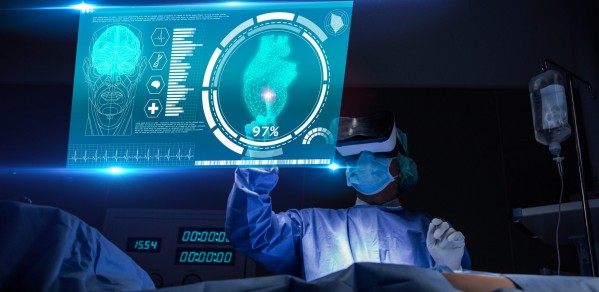
The Clinician Engineer Hub, an international network aimed at bridging the gap between medicine and engineering, has landed in Cambridge from its launch base in Birmingham.
We constantly use a range of engineering tools in medicine to diagnose and treat patients, from pacemakers to ventilators and dialysis machines, but often we’re unaware of how and why they work. As doctors, we experience first-hand limitations in how patients are diagnosed or managed.
Dr Neel Sharma the Clinician Engineer Hub Founder and Director
The Clinician Engineer Hub began in 2019 as a collaboration between Queen Elizabeth Hospital Birmingham, Imperial College London and King’s College London and has grown ever since.
The Hub offers educational, research and industry opportunities for medical students and doctors keen on developing engineering know how in healthcare. It has gained support from multiple institutions including the Mayo Clinic and World Health Organization and its efforts thus far have been recognised by The New England Journal of Medicine (NEJM) and The Lancet.
Dr Neel Sharma its Founder and Director based at Cambridge University Hospitals NHS Foundation Trust commented, ‘Cambridge is the home of Silicon Fen with numerous tech based companies. The environment is just perfect for further expansion of the Hub. It is an exciting time for innovation across the clinician engineer interface and I am hopeful that many more opportunities will be granted for doctors who wish to pursue clinician engineering as their focus.’
He added: “We constantly use a range of engineering tools in medicine to diagnose and treat patients, from pacemakers to ventilators and dialysis machines, but often we’re unaware of how and why they work. As doctors, we experience first-hand limitations in how patients are diagnosed or managed. This knowledge, however, falls short without adequate engineering know-how. The Clinician Engineer Hub is an opportunity for future doctors and engineers to work together and better understand how each discipline can influence and inform the other, creating better patient outcomes in the long-term.”

